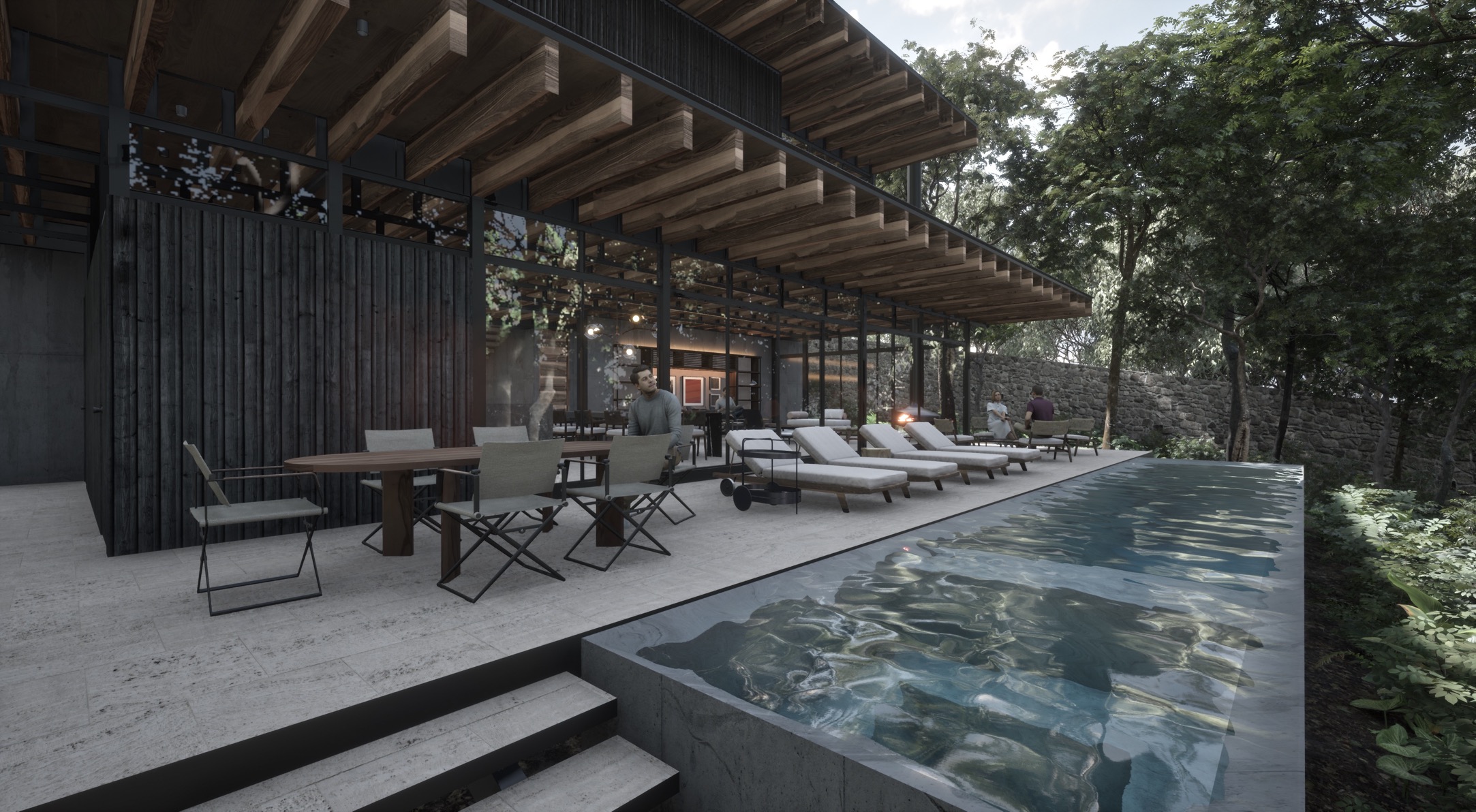
Architectural visualization, or archviz, has come a long way in recent years, thanks in large part to the introduction of powerful tools like the Unreal Engine. This game engine, originally developed for creating immersive video game experiences, has been adapted for use in architectural design and visualization.
The future of archviz with this technology is incredibly exciting. The Unreal Engine is constantly being updated and improved, with new features and capabilities being added all the time. One of the most promising developments is the integration of artificial intelligence (AI) and machine learning (ML) into the engine. This will allow architects and designers to create more realistic and accurate representations of their projects, with the ability to simulate lighting, weather, and other environmental factors.
Real-time visualization is also becoming more prevalent in archviz, and the Unreal Engine is at the forefront of this trend. This allows architects and designers to see their projects in near-real time and make adjustments on the fly, rather than having to wait for pre-rendered images or animations. This can greatly speed up the design process and allow for more iteration and experimentation.
In addition, the Unreal Engine’s use of virtual reality (VR) and augmented reality (AR) is helping to revolutionize the way architects and designers work. These technologies allow for immersive, interactive experiences that can be used for presentations, client meetings, and even construction planning. Architects and designers can also use VR and AR to walk through their projects, giving them a better understanding of how the space will feel and function.
The future of archviz is also closely tied to the advancement of building information modeling (BIM) and other digital design tools. The Unreal Engine can be integrated with these tools to provide architects and designers with a more complete and accurate representation of their projects. This can help to reduce errors and improve collaboration between different stakeholders in a project.
Overall, the Unreal Engine is a powerful tool that is helping to shape the future of architectural visualization. With its ability to create realistic and accurate representations of projects, its integration of AI, ML, VR and AR, and its ability to integrate with BIM and other digital design tools, it is becoming an essential tool for architects and designers. The future of archviz is looking brighter than ever before, and the Unreal Engine is playing a key role in making it happen.



